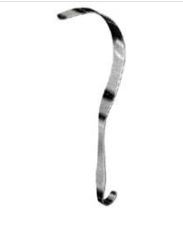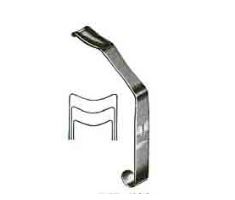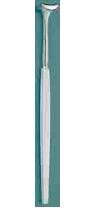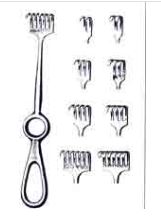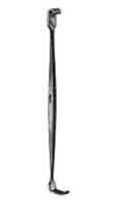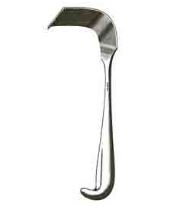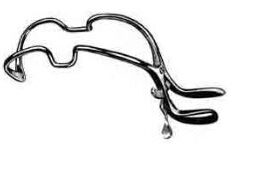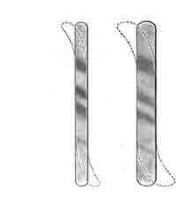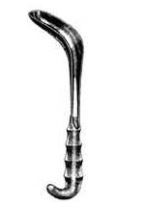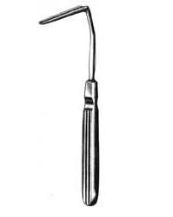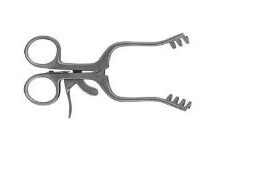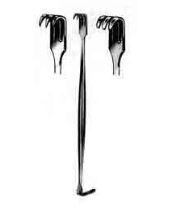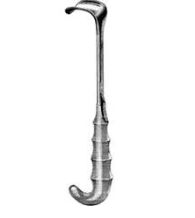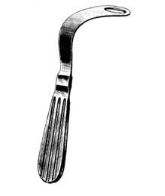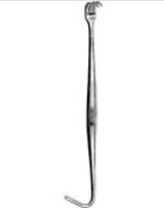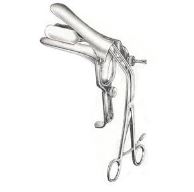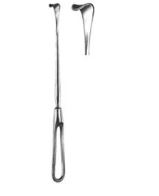Retractors
-
Abdominal Retractors12 Products
-
ENT Retractors6 Products
-
Eye Retractors1 Product
-
Finger Retractors1 Product
-
Handheld Retractors36 Products
-
Laminectomy Retractors4 Products
-
Mouth Retractors18 Products
-
Pediatric & Ribbon Retractors2 Products
-
Rectal Retractors2 Products
-
Rhinoplastic Retractors2 Products
-
Self-Retaining Retractors11 Products
-
Skin Retractors3 Products
-
Thoracic Retractors4 Products
-
Tongue Depressors7 Products
-
Trachea Retractors6 Products
-
Vaginal Retractors10 Products
-
Vein Retractors2 Products
Surgical Retractors Designed for Most Medical Procedures
Retractors are essential instruments for surgeons and other healthcare professionals, including dentists, who make surgical incisions, treat wounds and perform other medical procedures. They are also used to give surgeons access to a patient’s internal area by holding back the tissues or organs around or underlying the area. Surgical retractors make it much easier for the physician to work faster and more efficiently by ensuring an unobstructed view.
There is a specially designed surgical retractor shaped to accommodate most body areas. They include the abdomen, ENT, eyelids, joints and small bones, spinal cord (laminectomy procedures), mouth, nerves, bones and muscles (orthopedic procedures), pelvis, rectum, nose, skin, chest (thoracic procedures), tissue, vagina, urological system, trachea and veins. There are also pediatric retractors for surgical procedures involving children and ribbon retractors. Like other retractors, the malleable ribbon retractors are used for a variety of procedures, including retraction of deep wounds and implant surgeries. They are described as malleable because the retractors can be bent as needed.
The retractors are state-of-the-art medical instruments that are available in different widths, shapes and configurations. Surgeons know how important it is to use the correct surgical retractor for the planned procedure. Retractors play an important role in removing organ and tissue obstructions, and opening the edges of wounds and surgical incisions so the surgeon can clearly see into deep cavities. They are also important surgical instruments for exposing cavities for removal of foreign objects and tumors.
Each type of retractor has unique features. For example, the finger retractors are made with two to six prongs and with blunt or sharp prongs. There are straight and s-shaped trachea retractors, and various handle shapes and prong tips on the surgical retractors. There are also numerous handheld surgical retractors and locking retractors that can stay open to free the surgeon’s hands.

